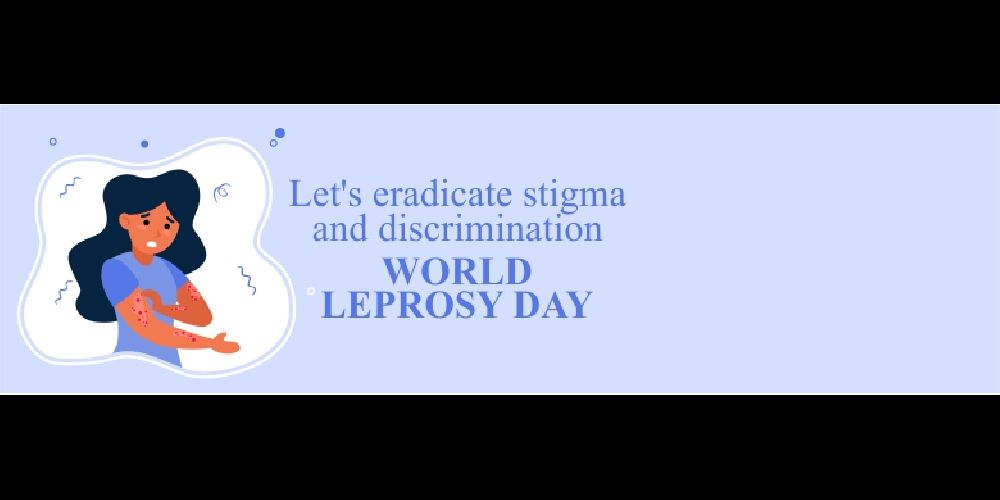World Leprosy Day
-
January 31, 2022
-
765 Views
On the 30th of January 2022, World Leprosy Day was observed, to draw attention to and raise awareness about the airborne disease. The date was chosen to honor Mahatma Gandhi, who was deeply concerned with the abolition of leprosy and the plight of those affected by it.
World Leprosy Day brings attention to a disease that many people believe is extinct. According to the World Health Organization, the number of registered cases of leprosy at the end of 2020 stood around 129,000.
What is leprosy?
Leprosy is an infectious skin and nerve disease that causes skin discoloration and lumps, as well as disfigurement and deformities in severe cases. It primarily affects the nerves of the extremities, the skin, the lining of the nose, and the upper respiratory tract.
Leprosy is likely transmitted via droplets, from the nose and mouth, during close and frequent contact with untreated cases. If not diagnosed and treated promptly, it can result in debilitating disabilities, causing progressive and permanent damage to the skin, nerves, limbs, and eyes. Symptoms may occur within 1 year but can also take as long as 20 years or even more. The negative stigma associated with leprosy further exacerbates the disease's effects.
Current status in India
Leprosy is one of the oldest known disease, but it is still poorly understood in all aspects, including its causes, mode of transmission, and curability. In 2014, India had the highest proportion of new leprosy cases in the world (58 percent). From 2005 to 2014, the National Leprosy Eradication Programme (NLEP) recorded a rate of 1.25 to 1.35 lakh new cases per year.
People in India face discrimination and social exclusion simply because they have or have previously had leprosy. People with leprosy face unimaginable prejudice, and as a result, one in every two people suffers from significant anxiety and depression.
Leprosy is very much curable.
The good news is that medicines can cure the disease. Antibiotics are used to treat leprosy. Although antibiotics can kill bacteria in your body, they cannot reverse damage or deformities if treatment is delayed. Today, there is an effective treatment in the form of multidrug therapy (MDT), and the disease can be cured without complications if detected and treated early. Education and improved access to basic health services for all is critical to successfully eradicating the illness's stigma and disability.
What can you do to assist?
Many people believe that leprosy is a long-gone disease that was eradicated many years ago. However, this disease affects thousands of men, women, and children worldwide each year. Despite effective treatment, leprosy remains one of the world's most stigmatized diseases.
- Educate yourself about the disease and inform your friends and family that leprosy is curable.
- Assist in raising awareness about it by sharing true and credible information.
- Promote a positive image of leprosy that focuses on the abilities of those affected rather than their disability.
World Leprosy Day serves as a powerful reminder that much work remains to be done to achieve the three big zeros of leprosy: zero transmission, zero disability, and zero discrimination.





